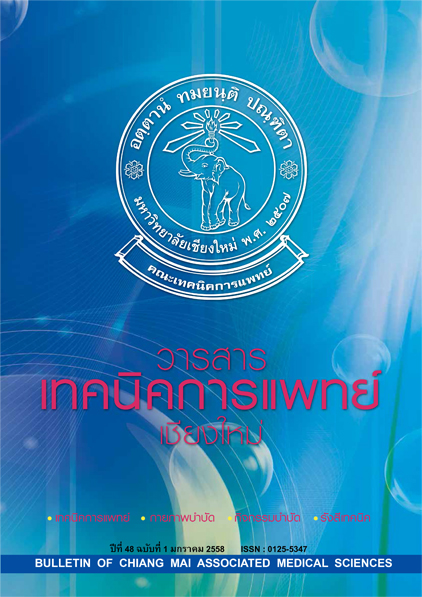Extensively-drug resistant tuberculosis: A new strain and future challenge
Main Article Content
Abstract
Extensively-Drug Resistant Tuberculosis (XDR-TB) is emerging as an even more ominous treat. XDR-TB is defined as TB that is resistant to any fluoroquinolone, and at least one of three injectable second-line drugs (capreomycin, kanamycin and amikacin), in addition to isoniazid and rifampicin. This makes XDR-TB treatment extremely complicated, if not impossible, in general treatment. In a 2006 XDR-TB outbreak in KwaZulu-Natal, South Africa, 52 of 53 people who contracted the disease died within months, It is estimated that 70% of XDR-TB patients die within a month of diagnosis. The most recent drug-resistance surveillance data issued by the WHO estimates that an average of roughly 5 percent of Multi-drug resistant tuberculosis (MDR-TB) cases are XDR-TB. Estimating the incidence of XDR-TB is extremely difficult because most laboratories are ill-equipped to detect and diagnose. To avoid the emergence of more resistant strains that may lead to almost untreatable disease, we must focus our efforts on the right management of drug resistance tuberculosis.
Bull Chiang Mai Assoc Med Sci 2015; 48(1): 18-28. Doi: 10.14456/jams.2015.5
Article Details
Personal views expressed by the contributors in their articles are not necessarily those of the Journal of Associated Medical Sciences, Faculty of Associated Medical Sciences, Chiang Mai University.


